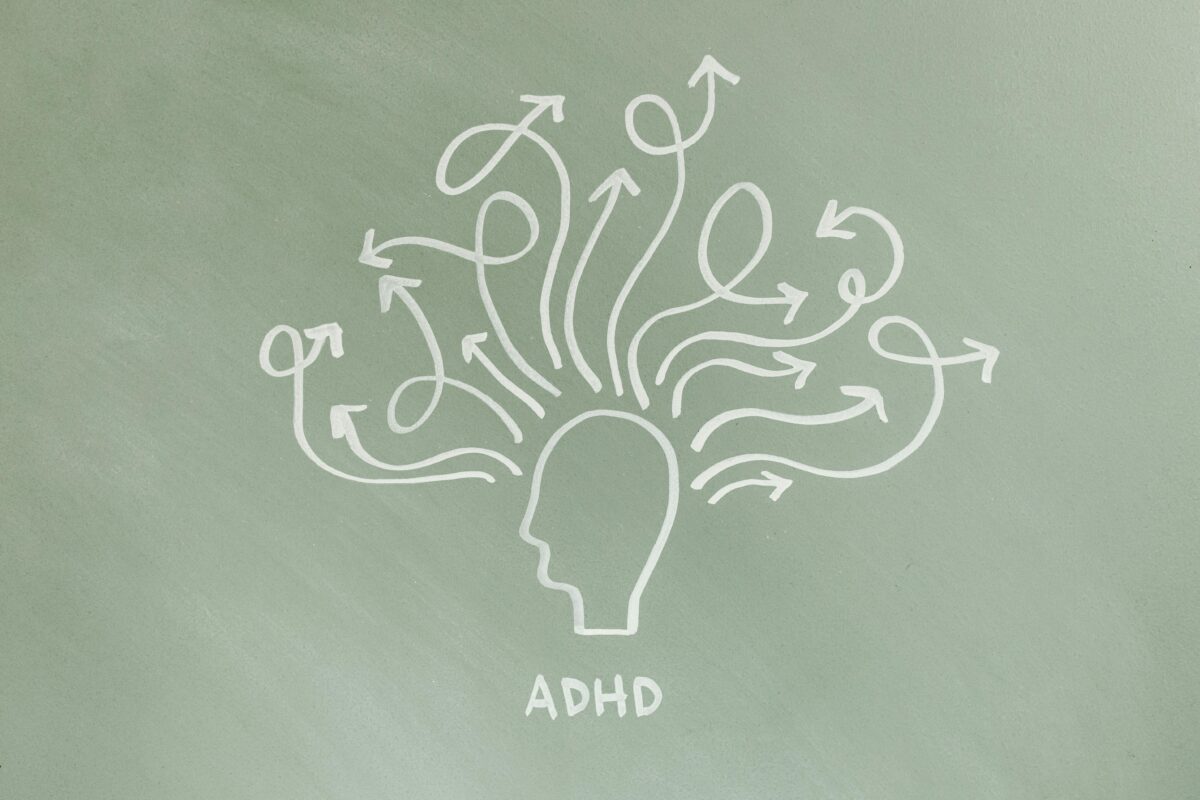Key Takeaways
- ADHD symptoms often change over time, from hyperactivity and impulsivity in children to disorganization and emotional overwhelm in adults.
- Many children “grow into” their symptoms as life demands increase, especially during school transitions.
- Adults with ADHD may not appear hyperactive but still struggle with time management, focus, and emotional regulation.
- ADHD often goes unrecognized in adults who developed coping strategies or weren’t diagnosed as kids.
- A neuropsychological evaluation can identify patterns even if someone doesn’t meet “classic” criteria.
Attention-Deficit/Hyperactivity Disorder (ADHD) is often thought of as a childhood condition, hyperactive behavior, trouble focusing in class, and frequent interruptions. But ADHD is not just a childhood diagnosis. It often persists into adulthood, and its symptoms can shift dramatically over time.
What starts as hyperactivity or impulsivity in young children may evolve into chronic disorganization, emotional reactivity, or difficulty managing responsibilities in adulthood. Because these changes often happen gradually, ADHD can be overlooked, especially in individuals who were never diagnosed as kids.
In this post, we’ll take a closer look at how ADHD unfolds across different life stages, why symptoms often change from childhood to adulthood, and when to consider a neuropsychological evaluation.
ADHD in Children: Often Loud, Often Seen
In childhood, ADHD is often easier to spot, especially when it shows up as disruptive behavior. Teachers and parents might notice:
- Inattention – Trouble focusing, easily distracted, losing items, or making careless mistakes.
- Hyperactivity – Fidgeting, climbing, running around, or difficulty sitting still.
- Impulsivity – Interrupting, blurting out answers, or difficulty waiting their turn.
These behaviors can affect academic performance and peer relationships, which often leads to early evaluation, especially in boys. However, not all children with ADHD are disruptive. Some are quietly struggling beneath the surface, which can delay support.
ADHD Symptoms Change Over Time
ADHD is a neurodevelopmental condition, which means it’s rooted in brain development, but how it shows up can shift dramatically over time.
Some Individuals “Grow Into” Their Deficits
Very young children may not show obvious ADHD symptoms if their environment is highly structured or not yet demanding. A child who seems “just energetic” in preschool may start to struggle once school requires sustained attention, independent work, and greater organization. This is known as “growing into” the diagnosis, symptoms become more visible as life becomes more complex.
Others May “Grow Out” of Overt Symptoms
On the other hand, some individuals, especially those with strong coping skills or supportive environments, experience a reduction in symptoms over time. Hyperactivity often decreases with age, and some adults find they are better able to manage focus and time with the right tools or strategies.
However, even those who “grow out of” the more visible symptoms may still struggle with:
- Subtle attention difficulties
- Emotional reactivity
- Executive dysfunction under stress or transitions
It’s also common for symptoms to re-emerge at life stages that demand greater independence, such as entering high school, college, the workforce, or becoming a parent.
ADHD in Adults: Often Subtle, Often Missed
By adulthood, ADHD may look less like bouncing off the walls and more like chronic overwhelm. Common adult symptoms include:
- Disorganization – Trouble managing time, appointments, or tasks.
- Restlessness – A sense of mental or physical unease, even when “sitting still.”
- Forgetfulness – Missing deadlines, losing track of conversations or details.
- Emotional dysregulation – Quick frustration, mood swings, low stress tolerance.
- Relationship strain – From being perceived as inattentive, unreliable, or reactive.
Many adults have spent years developing coping mechanisms, but still feel like they’re constantly “behind” or underperforming. A diagnosis later in life can bring a sense of relief, clarity, and a path forward.
When to Consider an Evaluation
You might consider a neuropsychological evaluation if:
- Your child is bright but struggling to meet their potential.
- You or your child are constantly overwhelmed, scattered, or emotionally reactive.
- You see familiar patterns across generations in your family.
- You want answers, not just labels.
If this sounds familiar – whether for you, your teen, or your child – it might be time to explore what’s underneath the struggle. A clear understanding can open the door to real, personalized support.
→ Contact my office to schedule a consultation

